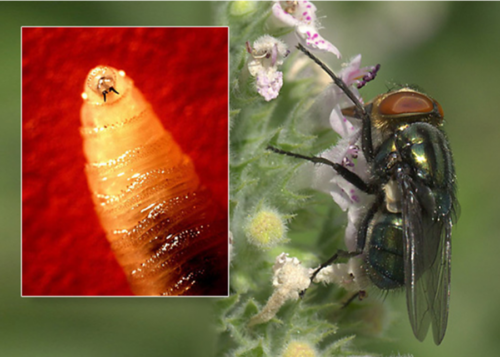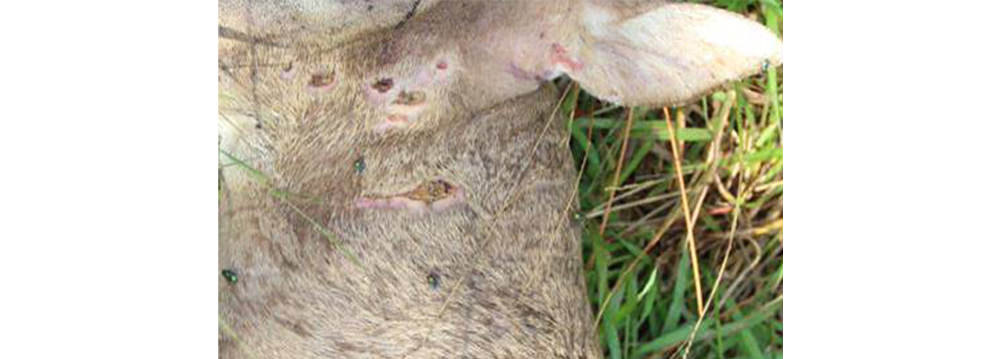Calf infected with screwworms
by Charles Gladden
BELIZE CITY, Thurs. Jan. 23, 2025
Weeks after an initial announcement on December 28 that the first case of New World Screwworms had been reported in the southern part of the country (which was confirmed on December 30 of last year), five additional cases have been discovered.
The first detection of the potentially devastating parasite took place in Crique Sarco, in the southwestern Toledo District, near the Guatemalan border, where a cow was found to be infested with the worms. This was subsequently confirmed by the Belize Agricultural Health Authority (BAHA) and the Ministry of Agriculture.
Five days later in January 2025, a second case was found in San Pedro Columbia Village, and as a result of those two cases, containment measures were put in place, which included establishing a quarantine in an approximately three-mile wide area around the affected location and requiring permits to transport cattle.
Since then, two other cases were confirmed to be found also in the Toledo District; and recently another case of screwworms was found, not in cattle, but in a dog, also from the Toledo District.

New World Screwworm larva and fly
The New World Screwworm is classified as a highly destructive parasitic fly, primarily targeting livestock and other animals that burrows into the flesh of animals. Its larvae feed on the living tissue of warm-blooded animals, including humans, and can cause severe wounds; if left untreated, it can lead to the death of affected animals.
Historically, screwworm infestations have devastated livestock populations, leading to great economic losses. Belize has maintained its status of being screwworm-free since 1992, and the recent cases are of great concern, because they pose a risk to a growing 100-million-dollar cattle industry.
CEO for the Ministry of Agriculture, Servulo Baeza, told Amandala that the ministry has not pressed the “panic button” yet.
“We are following the plan,” he said. “We have placed checkpoints in Bella Vista; but what we have noticed is that there are vampire bats that are biting the animals,” he added.
CEO Baeza explained that the ministry has captured several bats in the hopes of minimizing the number of bitten animals.
Before Belize discovered its first case of the New World Screwworms, the parasite was found in Panama, Costa Rica, Nicaragua and Guatemala, particularly in Los Amates, Izabal, 44 miles from the Belize-Guatemala border.

